Home>Interior Design>How To Wash Bed Sheets For Optimum Comfort And Hygiene


Interior Design
How To Wash Bed Sheets For Optimum Comfort And Hygiene
Modified: March 2, 2024
Learn how to properly wash your bed sheets for maximum comfort and hygiene with our expert interior design tips. Keep your sleep environment clean and fresh.
(Many of the links in this article redirect to a specific reviewed product. Your purchase of these products through affiliate links helps to generate commission for Storables.com, at no extra cost. Learn more)
Introduction
Welcome to the ultimate guide on how to wash bed sheets for optimum comfort and hygiene. As interior design enthusiasts, we understand the importance of a well-designed and cozy bedroom. And what better way to ensure a serene environment than by having fresh, clean bed sheets?
When it comes to maintaining the cleanliness and comfort of your bed, regular washing of bed sheets is essential. Not only does it help remove dirt, sweat, and allergens, but it also helps extend the lifespan of your sheets, ensuring they stay soft and comfortable for a long time.
In this comprehensive guide, we will explore the best practices for washing bed sheets, including the recommended frequency of washing, preparation tips, choosing the right laundry detergent, selecting the right water temperature, stain removal techniques, proper washing techniques, drying and ironing tips, and storage and organization suggestions.
By following these guidelines, you can ensure that your bed sheets remain fresh, clean, and inviting, providing you with a restful night’s sleep. So, let’s dive into the details and learn how to ensure maximum comfort and hygiene for your bedding!
Key Takeaways:
- Regularly washing bed sheets removes dirt, sweat, and allergens, creating a hygienic sleeping environment. Proper care ensures longevity, maintaining softness and comfort for a cozy and inviting bed.
- Preparing, washing, and storing bed sheets properly promotes a clean and fresh sleeping experience. Attention to detail in washing techniques and organization enhances comfort and hygiene in the bedroom.
Why is washing bed sheets important?
Washing bed sheets on a regular basis is crucial for several reasons. Firstly, our bodies produce sweat and oils throughout the night, which can get absorbed into the sheets. Over time, this can lead to the buildup of bacteria, dust mites, and other allergens. Washing bed sheets effectively removes these substances and helps to maintain a clean and healthy sleeping environment.
In addition to hygiene, washing bed sheets also helps to eliminate unwanted odors. Whether it’s the smell of sweat, body lotion, or even the scent of the fabric itself, regular washing ensures that your sheets are fresh and pleasant to sleep on.
Moreover, by keeping your bed sheets clean, you can reduce the risk of skin irritations and breakouts. The accumulated dirt and bacteria on unwashed sheets can clog pores and lead to acne or other skin problems. Washing your sheets regularly helps to prevent these issues and promotes better skin health.
Furthermore, washing bed sheets regularly can also contribute to the longevity of your bedding. Over time, dirt and oils can cause the fibers in your sheets to break down, leading to thinning and wear. By washing your sheets frequently, you can extend their lifespan and maintain their softness and comfort.
Lastly, there is a psychological benefit to sleeping on clean sheets. Climbing into fresh, neatly made bed linens can create a sense of tranquility and promote better sleep. It is a small act of self-care that can have a significant impact on your overall well-being.
Overall, washing bed sheets is not just about cleanliness; it is about creating a comfortable and healthy sleeping environment. By incorporating regular bed sheet washing into your routine, you can enjoy better sleep, improved hygiene, and a longer lifespan for your cherished bedding.
How often should you wash bed sheets?
The frequency with which you should wash your bed sheets depends on various factors, such as personal preference, lifestyle, and individual needs. However, as a general guideline, it is recommended to wash your bed sheets at least once every one to two weeks.
If you have specific sensitivities or allergies, you may want to consider washing your bed sheets more frequently. Allergens like dust mites and pet dander can accumulate on sheets, causing discomfort for those with allergies or respiratory issues. In such cases, washing bed sheets every 7 to 10 days can help alleviate symptoms and improve overall health.
For individuals who sweat heavily during sleep, such as those who experience night sweats or live in hot and humid climates, more frequent washing may be necessary. Sweat can leave behind unpleasant odors and provide a breeding ground for bacteria. Washing bed sheets once a week can help keep them fresh and hygienic.
However, if you rarely sweat, share your bed with a partner, or have a busy lifestyle that limits the time you spend in bed, washing your sheets every two weeks may suffice. Ultimately, it is essential to pay attention to the state of your sheets and wash them whenever they appear dirty, stained, or have an unpleasant odor.
It’s worth noting that pillowcases should be washed more frequently than the rest of the bedding. Since our heads come into direct contact with pillowcases, they collect oils and sweat from our hair and face, making them more prone to bacterial growth. Washing pillowcases every few days or once a week is a good practice to maintain cleanliness and prevent acne or skin irritations.
Remember, these recommended frequencies are just guidelines; the ultimate decision on how often to wash your bed sheets should be based on your comfort, lifestyle, and individual needs. Regular washing not only ensures hygienic sleeping conditions but also helps to prolong the lifespan of your sheets and maintain their softness and freshness.
Preparing bed sheets for washing
Properly preparing your bed sheets before washing can help ensure a thorough and effective cleaning process. Here are some steps to follow:
- Remove any loose debris: Shake out your bed sheets to remove any loose dirt, crumbs, or pet hair that may have accumulated on the surface.
- Check for stains: Inspect your bed sheets for any visible stains or spots. Pre-treating stains before washing can help improve the chances of successful removal. Make sure to read the care labels for specific instructions on handling stains.
- Unfold the sheets: Open up the sheet to its full size to ensure even and thorough washing. Smooth out any creases or wrinkles to allow for optimal cleaning.
- Close zippers and fasten buttons: If your bed sheets have zippers or buttons, make sure to close them before washing. This helps prevent damage to the sheets and keeps other items in the laundry from getting snagged.
- Separate fitted and flat sheets: If your bed sheets consist of fitted and flat sheets, separate them before washing. This allows for a more efficient cleaning process and avoids tangling or stretching of the elastic on fitted sheets.
- Remove pillowcases and shams: Don’t forget to remove any pillowcases, shams, or other decorative covers from your bed sheets. These can be washed separately or included with the bedding, depending on the care instructions.
Once you have completed these steps, your bed sheets are ready to be washed. By taking the time to properly prepare your sheets, you can ensure a more effective and efficient washing process, resulting in cleaner and fresher bedding.
Sorting bed sheets by fabric type
When it comes to washing bed sheets, sorting them by fabric type is important to ensure that each type receives the appropriate treatment and care. Different fabrics have different washing requirements to maintain their quality and longevity. Here are some common bed sheet fabrics and how to sort them:
- Cotton: Cotton bed sheets are durable and versatile, making them a popular choice. They can typically be washed in warm water with regular laundry detergent. However, it is advisable to separate white cotton sheets from colored ones to prevent color bleeding.
- Linen: Linen sheets have a luxurious and elegant feel. They are known for their breathability and ability to wick away moisture. Linen bed sheets should be washed in cold water with a gentle detergent. To maintain their softness and prevent wrinkles, it’s best to air dry or tumble dry on a low heat setting.
- Silk: Silk bed sheets are delicate and require special care. They should be washed separately from other fabrics, preferably by hand or on a gentle cycle with cold water and a mild silk detergent. Avoid using harsh chemicals or bleach, as they can damage the fabric. It’s crucial to handle silk sheets with care, as they can snag easily.
- Flannel: Flannel bed sheets are cozy and perfect for colder seasons. They are typically made of cotton or a cotton blend. Flannel sheets should be washed in warm water with a gentle detergent. To avoid pilling, ensure that you don’t overcrowd the washing machine, and tumble dry on a low heat setting.
- Microfiber: Microfiber bed sheets are known for their softness and durability. They can be washed in warm water using a mild detergent. As microfiber tends to trap dirt and oils, it’s important to avoid using fabric softener, as it can affect its absorbency. Tumble dry on a low heat setting or air dry for best results.
Sorting your bed sheets by fabric type allows you to customize the washing process to best suit the needs of each fabric. This will help preserve the quality and longevity of your sheets, ensuring that they maintain their softness, color, and overall appearance wash after wash.
Choosing the right laundry detergent
When it comes to washing your bed sheets, choosing the right laundry detergent is essential to ensure effective cleaning without compromising the quality of the fabric. There are several factors to consider when selecting a laundry detergent:
- Fabric type: Different fabrics may have specific detergent requirements. For example, delicate fabrics like silk may require a gentle or silk-specific detergent, while cotton sheets can generally be washed with a regular laundry detergent.
- Allergies and sensitivities: If you or a family member have allergies or sensitivities to certain chemicals or fragrances, opt for a hypoallergenic or fragrance-free detergent. These options are formulated to be gentle on the skin and reduce the risk of irritation.
Ultimately, the choice of laundry detergent will depend on your personal preferences, needs, and the specific requirements of your bed sheets. It may be helpful to read product reviews, consider any special fabric care instructions, and test different detergents to find the one that works best for you.
Remember, using the right laundry detergent plays a significant role in maintaining the cleanliness and longevity of your bed sheets. So choose wisely, and enjoy fresh and clean sheets each time you crawl into bed!
Wash bed sheets in hot water (at least 130°F) to kill dust mites and bacteria. Use a gentle detergent and avoid overloading the washer for thorough cleaning.
Recommended water temperature for washing bed sheets
The water temperature you choose for washing your bed sheets can have a significant impact on the cleanliness and longevity of the fabric. Here are some recommendations for selecting the right water temperature:
- Hot water: Hot water (around 130°F or 54°C) is effective for killing bacteria, dust mites, and bed bugs. It is especially beneficial for individuals with allergies or respiratory issues. However, it is essential to check the care label of your bed sheets to ensure they can withstand hot water washing. Some fabrics may shrink or fade when exposed to high temperatures.
- Warm water: Warm water (around 90°F or 32°C to 110°F or 43°C) is suitable for most bed sheets made from cotton, polyester, or blends. It provides effective cleaning without the risk of shrinkage or damage to the fabric. Warm water is also helpful for removing sweat and oils on the sheets.
- Cold water: Cold water (around 60°F or 15°C to 80°F or 27°C) is ideal for delicate fabrics like silk or linen, as well as brightly colored or patterned sheets. Cold water helps prevent color fading and minimizes the risk of shrinkage. However, keep in mind that cold water may not be as effective in removing tough stains or killing bacteria.
The specific water temperature you choose also depends on factors such as the level of soiling, the type of detergent used, and any specific care instructions provided by the manufacturer. If in doubt, it’s often safest to opt for a cooler water temperature to prevent damage to your bed sheets.
It’s worth noting that advancements in laundry detergents have made them more effective at cleaning in lower water temperatures. So even if you choose to wash your bed sheets in cold or warm water, selecting a quality detergent can still ensure a thorough cleaning process.
Ultimately, consider your bed sheet fabric, the level of dirtiness, and any specific care instructions when deciding on the water temperature for washing. Following these recommendations will help maintain the cleanliness and integrity of your bed sheets, ensuring they continue to provide you with a cozy and fresh sleeping experience for years to come.
Tips for removing stains from bed sheets
Stains on bed sheets can be unsightly and frustrating, but with the right techniques and products, you can effectively remove them. Here are some tips for tackling common stains:
- Blood stains: To remove blood stains, start by rinsing the affected area with cold water to dilute the stain. Next, apply a small amount of hydrogen peroxide or a mixture of water and enzyme-based laundry detergent directly to the stain. Gently blot the stain with a clean cloth or sponge until it lifts. Avoid using hot water, as it can set the stain.
- Grease and oil stains: For grease or oil stains, sprinkle some cornstarch or talcum powder on the affected area and let it sit for a few minutes to absorb the oil. Then, gently brush off the powder and proceed to wash the sheet with warm water and a grease-fighting dish soap or laundry detergent. Check the stain before drying, as heat can set the grease stain.
- Wine or juice stains: For wine or juice stains, quickly blot the excess liquid with a clean cloth or paper towel. Avoid rubbing, as it can spread the stain. Mix a solution of equal parts white vinegar and water, and apply it to the stain. Let it sit for a few minutes, then blot the stain with a clean cloth. Rinse the sheet with cold water and wash as usual.
- Ink stains: Apply rubbing alcohol directly to the ink stain and blot it gently with a clean cloth. Repeat until the stain lifts. Rinse with cold water and wash as usual. If the stain persists, you can try using a stain remover specifically designed for ink stains.
- Food stains: Treat food stains by scraping off any excess solids gently. Apply a mixture of dishwashing liquid and warm water to the stain and allow it to sit for a few minutes. Blot the stain with a clean cloth or sponge until it disappears. Rinse with cold water and wash the sheet as usual.
- General tips:
- Always treat stains as soon as possible to prevent them from setting.
- Read and follow the care instructions provided by the manufacturer.
- When using stain-removing products, test them on a small, inconspicuous area of the bed sheet first to ensure they don’t cause any damage or discoloration.
- If unsure about a particular stain or if it persists after treatment, it’s advisable to seek professional cleaning or advice.
By following these tips and acting promptly, you can increase your chances of effectively removing stains from your bed sheets and keeping them looking clean and fresh.
Proper washing techniques for bed sheets
Washing bed sheets properly is key to maintaining their cleanliness and ensuring their longevity. Follow these techniques to wash your bed sheets effectively:
- Read the care instructions: Always check the care label on your bed sheets to understand any specific washing instructions or precautions provided by the manufacturer. This will help prevent damage and preserve the quality of the fabric.
- Separate colors: Sort your bed sheets by color to prevent color bleeding. Wash white and light-colored sheets separately from dark or bright-colored sheets. Additionally, wash new bed sheets separately for the first few times to avoid color transfer.
- Use the right amount of detergent: Follow the detergent manufacturer’s instructions and use the appropriate amount of detergent for the load size and water level. Using too much detergent can leave residue on the sheets, while using too little may result in inadequate cleaning.
- Choose a gentle cycle: Opt for a gentle or delicate cycle when washing your bed sheets. This reduces the agitation and minimizes the risk of damage or pilling. If your sheets are heavily soiled, you can choose a longer wash cycle to ensure thorough cleaning.
- Avoid fabric softeners: While fabric softeners can make bed sheets feel softer, they can also reduce the absorbency and freshness of the fabric. Consider skipping fabric softeners or use them sparingly. Alternatively, you can add a cup of distilled white vinegar to the final rinse cycle to naturally soften the sheets.
- Avoid overloading the washing machine: Overloading the washing machine can prevent proper cleaning and rinsing of the bed sheets. Ideally, the machine should be filled about two-thirds of its capacity to allow enough movement and ensure effective cleaning.
- Choose the right water temperature: Refer to the recommended water temperature for your bed sheets based on the fabric type. In general, warm water is suitable for most bed sheets, but always follow the care instructions provided by the manufacturer.
- Use extra rinses if needed: If you have sensitive skin or if your bed sheets are especially soiled, consider adding an extra rinse cycle to ensure all detergent residue is removed. This can help prevent skin irritation and keep your sheets fresh.
- Remove promptly and shake out: Once the wash cycle is complete, remove the bed sheets from the washing machine promptly to minimize wrinkling. Give them a gentle shake before transferring them to the dryer or hanging them to air dry.
Following these proper washing techniques will help ensure that your bed sheets are thoroughly cleaned and maintained in their best condition. Consistent care and attention to detail will contribute to the longevity and comfort of your bedding.
Read more: How To Wash A Bed Comforter
Drying and ironing bed sheets
Properly drying and ironing bed sheets can enhance their appearance, comfort, and overall longevity. Follow these tips to ensure your bed sheets come out fresh, wrinkle-free, and ready to be placed back on your bed:
- Drying bed sheets:
- Check the care label on your bed sheets for specific drying instructions. Some sheets may be suitable for machine drying, while others may require air drying.
- If using a dryer, set it to a low or medium heat setting. High heat can damage the fabric and cause shrinkage.
- For best results, remove the sheets from the dryer while they are still slightly damp. This can help prevent deep wrinkles and make the ironing process easier.
- If air drying, shake out the sheets and hang them in a well-ventilated area, preferably outdoors or near an open window. Avoid direct sunlight, as it can fade the colors.
- Ironing bed sheets:
- Check the care label to determine the appropriate ironing temperature for your sheets. Different fabrics require different heat settings.
- Start ironing with the pillowcases or any smaller pieces, followed by the larger sheets. This allows you to get comfortable with the iron and its settings.
- Use a clean, well-padded ironing board to protect the fabric and avoid creating additional wrinkles.
- Turn the bed sheet inside out to iron the underside first. This helps to minimize any potential damage to decorative edges or embroidery on the front.
- Smooth out the fabric with your hand before ironing to ensure an even and wrinkle-free finish.
- Move the iron in a steady, continuous motion to prevent scorching or creating creases. Iron one section at a time, starting from the top and working your way down.
- Pay special attention to any stubborn wrinkles or creases, using the steam function on your iron or a spray bottle filled with water to moisten the fabric.
- Allow the bed sheets to cool completely before folding or putting them back on the bed. This will help prevent new wrinkles from forming.
Properly drying and ironing your bed sheets not only enhances their appearance but also ensures a clean and welcoming sleeping environment. These steps will help you achieve crisp and wrinkle-free sheets, making your bed even more inviting at the end of a long day.
Storage and organization of clean bed sheets
Properly storing and organizing clean bed sheets can help keep them fresh, easily accessible, and in excellent condition until their next use. Follow these tips to ensure your bed sheets are neatly stored:
- Fold bed sheets neatly: After washing and drying, fold your bed sheets neatly to minimize wrinkles and make them easier to store. Start by matching the corners, then fold the sheet in half lengthwise and then in thirds widthwise.
- Store matching sets together: Keep the fitted sheet, flat sheet, and pillowcases together as a set. This makes it more convenient to grab a complete set when changing your sheets and ensures that all components remain coordinated.
- Label the sets: Use labels or tags to identify the size and type of bed sheet sets. This can be particularly helpful if you have multiple sets of bedding or different sizes of beds in your home.
- Consider using storage bags or bins: To protect your bed sheets from dust, insects, or accidental spills, consider using storage bags or bins. Choose ones made of breathable fabric or opt for clear, plastic storage containers for easy visibility.
- Store in a cool, dry place: Find a cool, dry closet or cupboard to store your bed sheets. Avoid areas prone to moisture or direct sunlight, as they can lead to discoloration or mildew growth.
- Rotate your bed sheet sets: Consider rotating your bed sheet sets regularly, especially if you have multiple sets. This helps prevent one set from being used more frequently than others, promoting equal wear and prolonging the lifespan of all your bed sheets.
- Organize by season or color: For easier access and organization, consider grouping your bed sheets by season or color. This helps you quickly identify and select the appropriate sheets based on your current needs and preferences.
- Keep the storage area clean: Regularly clean and dust the storage area where your bed sheets are kept to maintain a clean environment and prevent any unwanted odors or allergens from transferring to the sheets.
- Check periodically: Every few months, check your stored bed sheets for any signs of damage, moisture, or pests. This allows you to address any issues promptly and ensure the quality of your bedding.
By following these storage and organization tips, you can keep your clean bed sheets in pristine condition, ready to be enjoyed whenever you’re in need of a cozy and refreshing night’s sleep.
Conclusion
Properly washing and caring for your bed sheets is essential for both comfort and hygiene. By following the tips and techniques outlined in this guide, you can ensure that your bed sheets remain fresh, clean, and inviting.
Regularly washing your bed sheets helps remove dirt, sweat, allergens, and odors, creating a more hygienic sleeping environment. It also prevents the buildup of bacteria, dust mites, and other irritants that can impact your health, especially if you have allergies or sensitivities. Additionally, washing your bed sheets properly helps maintain their quality, prolonging their lifespan and ensuring that they remain soft and comfortable for extended periods.
When preparing your bed sheets for washing, remember to remove loose debris, check for stains, unfold the sheets, and separate different types of sheets for a more effective cleaning process. Choosing the right laundry detergent, water temperature, and following proper washing techniques are also vital in achieving the best results.
After washing, properly drying and ironing your bed sheets ensure a fresh and wrinkle-free appearance. When it comes to storage and organization, folding and storing your bed sheets neatly, using storage bags or bins, and keeping them in a cool, dry place will help maintain their cleanliness and make them easily accessible whenever you need them.
By incorporating these practices into your bed sheet care routine, you can create a comfortable and hygienic sleeping environment that promotes restful sleep and enhances the overall ambiance of your bedroom.
So, take the time to properly care for your bed sheets. Treat them with care, wash them regularly, and store them properly. The result will be a fresh and cozy bed that welcomes you at the end of a long day, ensuring a peaceful and restorative night’s sleep for years to come.
Frequently Asked Questions about How To Wash Bed Sheets For Optimum Comfort And Hygiene
Was this page helpful?
At Storables.com, we guarantee accurate and reliable information. Our content, validated by Expert Board Contributors, is crafted following stringent Editorial Policies. We're committed to providing you with well-researched, expert-backed insights for all your informational needs.
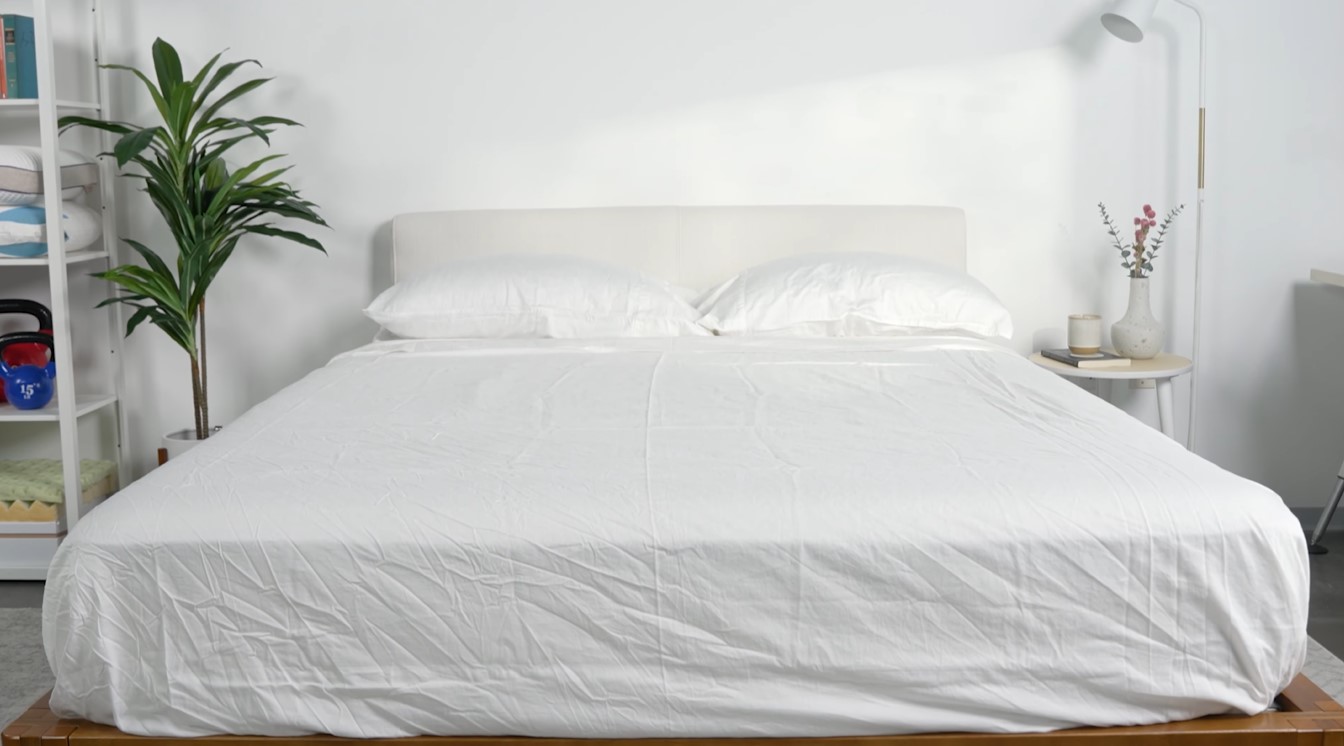
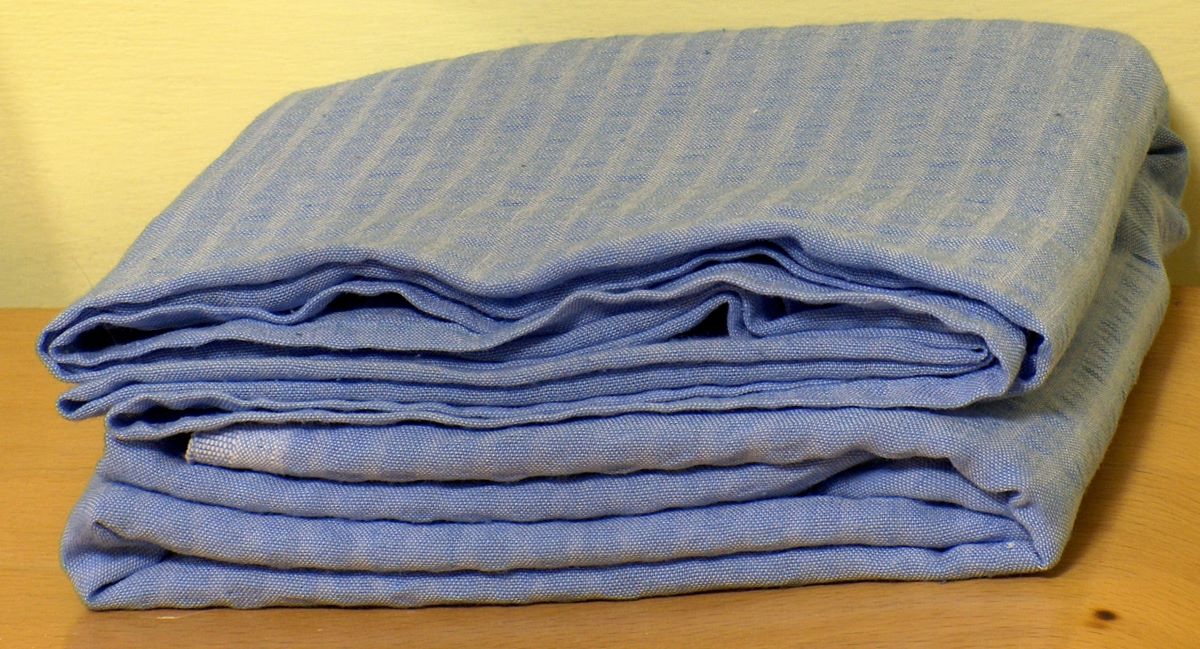

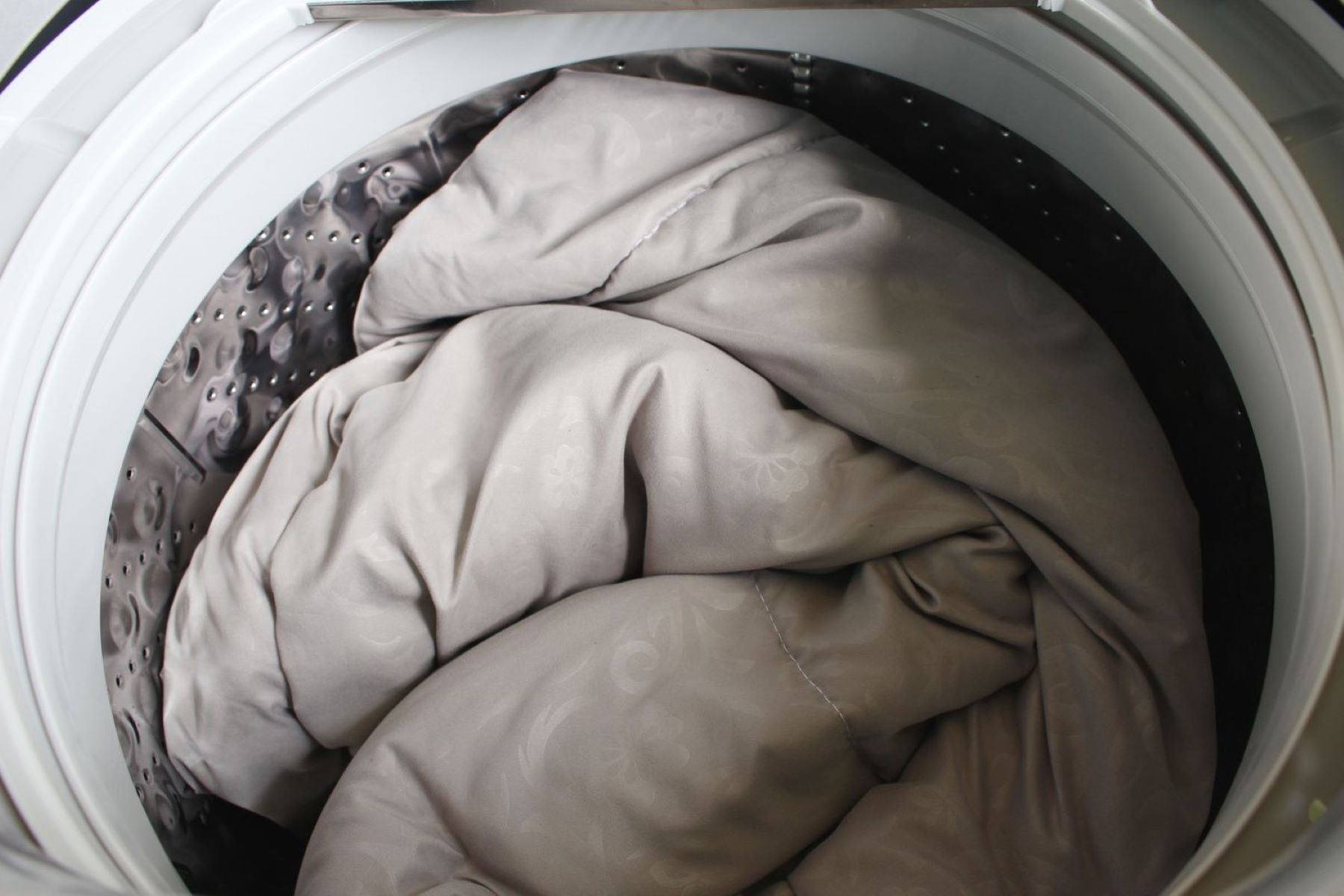





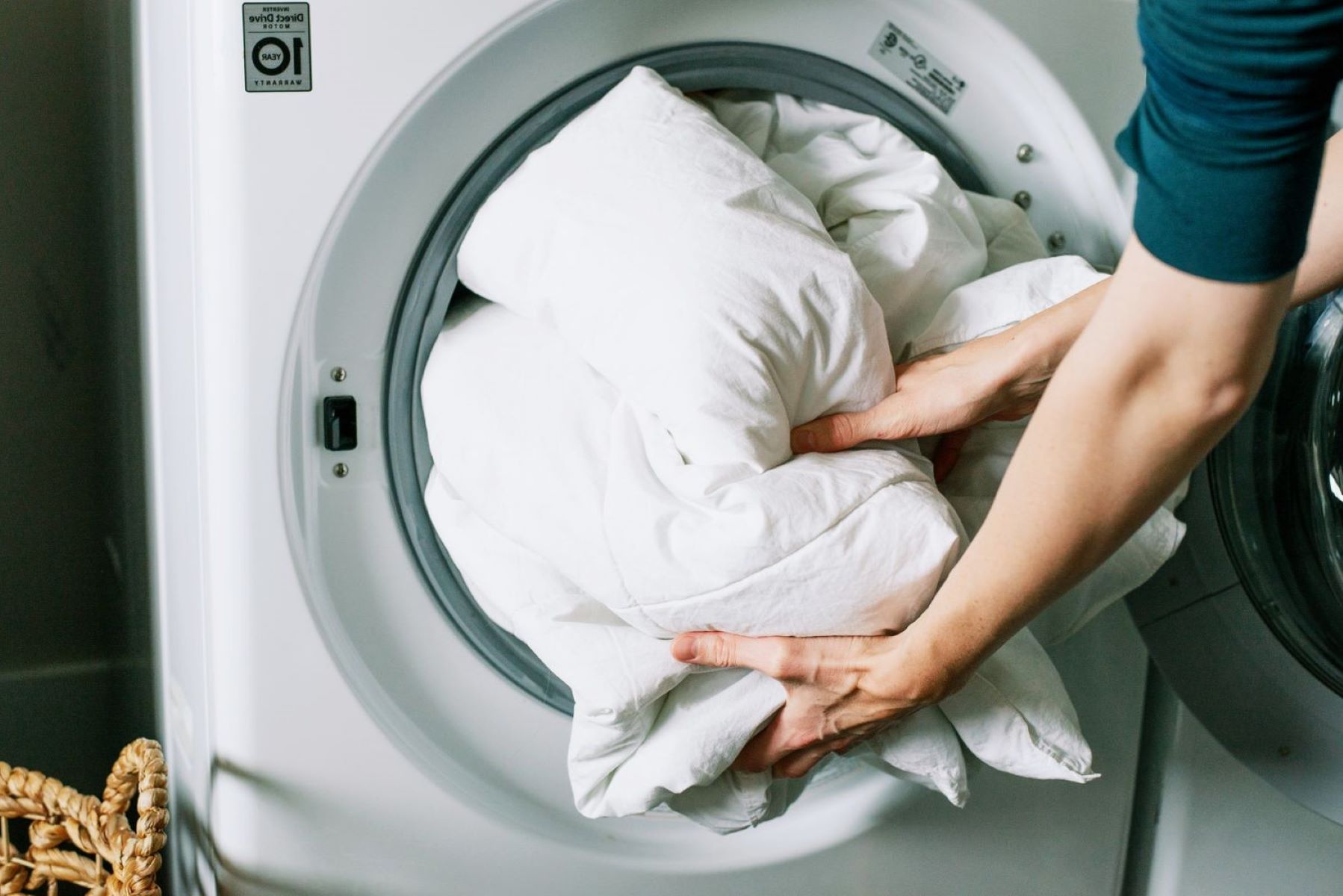


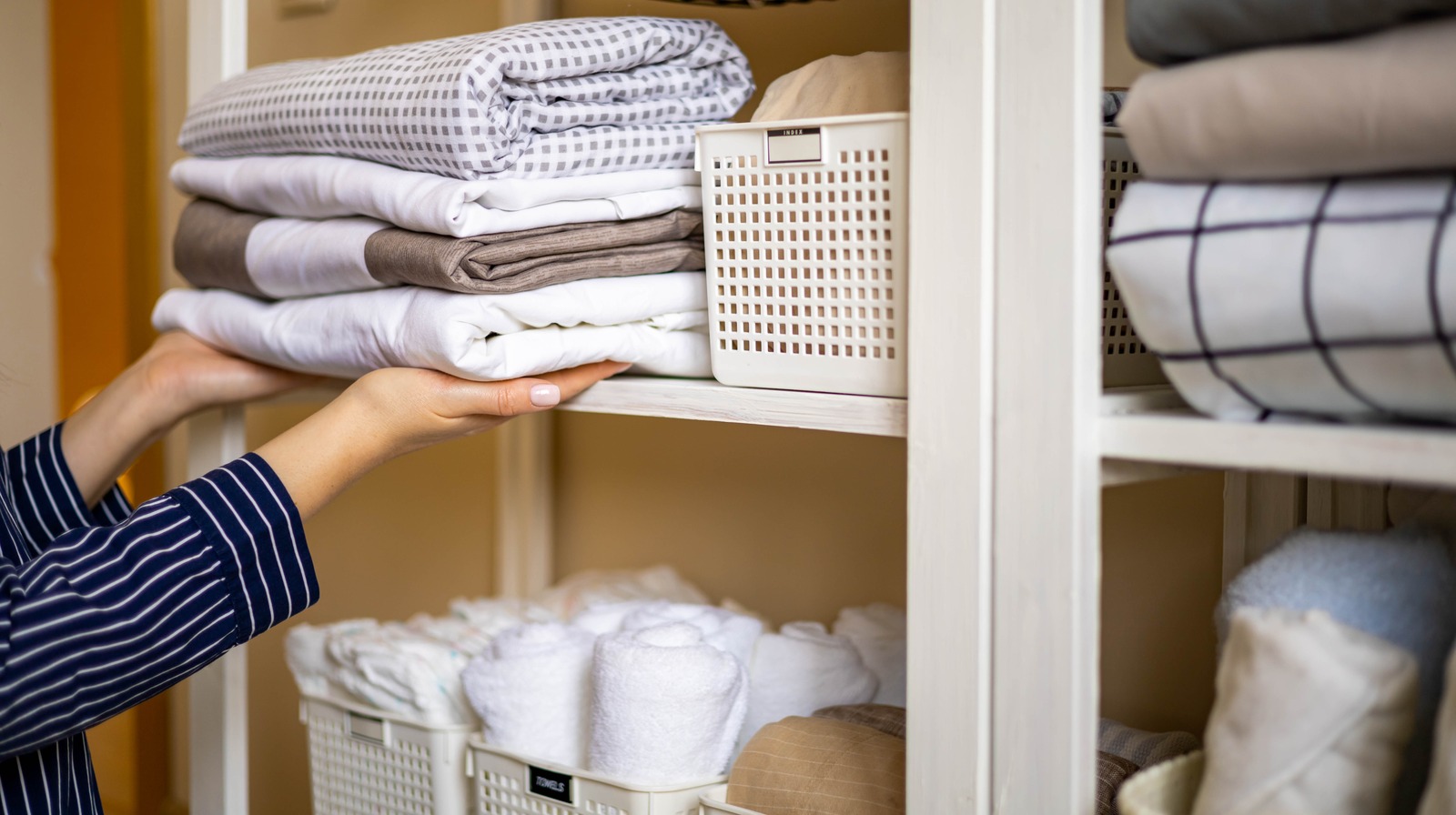

0 thoughts on “How To Wash Bed Sheets For Optimum Comfort And Hygiene”